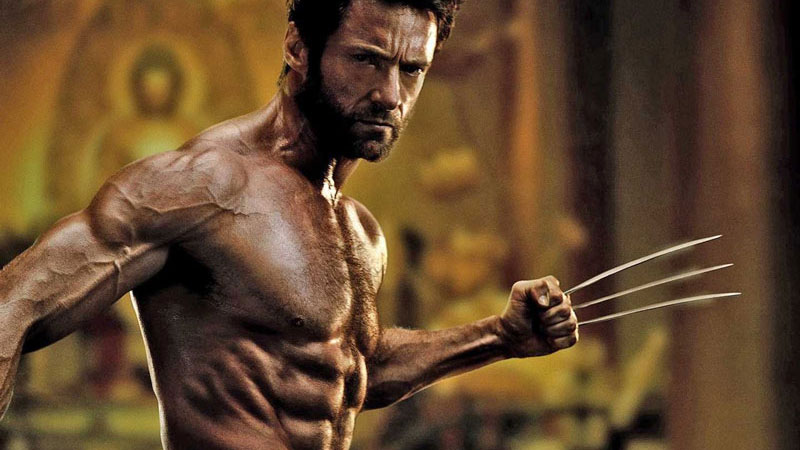
Cardiovascular exercise, or cardio, is a key player in the weight loss game. It helps you burn calories and increase your energy expenditure, aiding in achieving that desired caloric deficit. However, not all types of cardio are created equal.
As we embark on a journey to attain our health and fitness goals, we often encounter a common question: How much cardio should I do when cutting? Understanding the role of cardiovascular fitness in weight loss, and the optimal balance between diet, resistance training, and cardio, is crucial for anyone seeking to shed those extra pounds.
Let’s start from the basics. Losing weight is essentially a game of numbers. Your body needs to burn more calories than it consumes, creating a caloric deficit. While the easiest way to achieve this is simply by eating less, combining diet with exercise can make things more manageable and enjoyable.
The Energy Balance Equation
In the world of fitness, one simple truth remains undisputed: To lose weight, you must create an energy deficit. This means burning more calories than you consume. While you can achieve this deficit by reducing your calorie intake, it’s also possible to increase your energy expenditure through cardiovascular exercise.
The Importance of Cardio Type
Not all cardio is created equal, and the type you choose can impact your muscle and strength gains. Moderate-intensity cardio essentially trains your body for endurance, which can interfere with muscle growth, strength, and power. High volumes of cardio can slow down muscle-building processes and cause more harm than good for strength athletes and bodybuilders.
The Interference Effect of Cardio
The interference effect of cardio can be attributed to glycogen depletion and the molecular signaling that comes from endurance training. In addition, the type of cardio can play a role. For instance, cycling seems to interfere less with resistance training adaptations than incline walking.
Measuring Energy Expenditure in Cardio
To gauge how many calories you’re burning during your cardio sessions, you can use a method called the rating of perceived exertion (RPE). This involves assessing the intensity of your exercise on a scale of 1 to 10. By tracking the time you spend doing cardio and knowing your body weight, you can reasonably estimate the calories you’re burning.
Understanding the RPE Scale
The intensity of your workout can be gauged using RPE. This scale ranges from 1 to 10, with 1 being very light effort and 10 being maximal effort. Here’s a quick rundown of what each level feels like:
- RPE 1–2: Very light effort. You can talk with ease.
- RPE 3–4: Light effort. You can talk with almost no difficulty.
- RPE 5: Moderately light effort. You can talk comfortably with minor difficulty.
- RPE 6: Moderate effort. You can talk with minor difficulty.
- RPE 7: Moderately high effort. Talking is difficult.
- RPE 8: High effort. Talking is very difficult.
- RPE 9: Very high effort. Talking is maximally difficult.
- RPE 10: Maximal effort. Talking is impossible.
Keep in mind that factors like body type, height, and weight can affect these values, but the RPE scale is a useful tool for estimation purposes.
Striking the Right Balance: Cardio Intensity
When it comes to choosing your cardio workout, consider factors like impact on joints, muscle soreness, and personal preference. Low-impact exercises like swimming, cycling, or using an elliptical trainer are recommended.
Light Cardio
Choosing low-intensity cardio (like cycling or using an elliptical) can mitigate the interference effect. Since it doesn’t significantly stress your body, it won’t trigger endurance adaptations. However, keep in mind that the calorie burn is much lower with low-intensity cardio than with higher intensities, which means you’ll have to do more of it to create a significant deficit.
Moderate Cardio
Moderate cardio (RPE 5–7) burns more calories than light cardio, but it also poses a risk of “interference.” This means it can slow down muscle building and strength training if done excessively.
Vigorous Cardio
High-intensity interval training (HIIT) involves bursts of maximum-intensity cardio followed by rest periods. It’s highly efficient and can deliver similar metabolic adaptations as low-intensity cardio in less time. However, high-intensity cardio can also bring about some of the same issues as moderate-intensity cardio, such as risk of injury and increased recovery needs.
Estimating Calorie Burn with Cardio
Let’s imagine a 200-pound individual who enjoys a good meal. If this person did an hour of moderate-intensity cardio (RPE 5 to 7) daily, they could potentially create a weekly deficit of over 3500 calories, equivalent to losing approximately one pound. That sounds like a pretty sweet deal, right? But before you jump on the treadmill, there’s more to consider.
Crafting Your Cardio Prescription
Given the potential interference of cardio with muscle and strength gains, it should not be your primary tool for fat loss. Most of your calorie deficit should come from your diet, supplemented by a balanced mix of resistance training and cardio.
Rule of Thumb for Cardio
As a general rule, the time you spend doing cardio should not exceed half the time you spend lifting weights. This ensures you’re not jeopardizing your strength and muscle mass while burning calories. Choose low-impact cardio that won’t leave you sore the next day. Limit HIIT sessions to one or two per week, each lasting no more than 30 minutes.
Cardio for Fat Loss FAQ
What Cardio Burns the Most Fat?
While the intensity of effort can influence calorie burn, the most effective cardio for fat loss is one you enjoy and can stick with over time. Remember, creating a calorie deficit through diet is more efficient than trying to burn off excess calories through cardio.
How Should I Train When Cutting?
Maintain your strength training regimen when cutting, focusing on compound movements. Your training should signal your body to retain muscle while your diet creates the calorie deficit necessary for fat loss.
When Should I Start Cutting for a Competition?
To estimate your cutting timeline for a competition, subtract your target body fat percentage from your current body fat percentage, multiply by two, and add four weeks for a safety net.
Conclusion
In conclusion, mastering the art of cardiovascular fitness involves understanding how to balance diet, resistance training, and cardio. By taking a mindful approach to calorie consumption and expenditure, you can achieve your weight loss goals without sacrificing your muscle and strength gains.
Remember, the journey to fitness is a marathon, not a sprint. Make informed choices, listen to your body, and most importantly, enjoy the process.
In the end, it’s all about finding the right balance to achieve our individual goals. And remember, no matter the journey, it’s all about enjoying the process. Happy training!






